The Amarnath Yatra is not just a pilgrimage; it’s a spiritual journey deeply rooted in the faith and devotion of millions of Hindus worldwide. Situated amidst the breathtaking Himalayan mountains in Jammu and Kashmir, the Amarnath Cave houses an ice lingam believed to represent Lord Shiva, making it one of the holiest sites in Hinduism. Every year, devotees undertake the arduous journey to pay homage to Lord Shiva and seek his blessings.
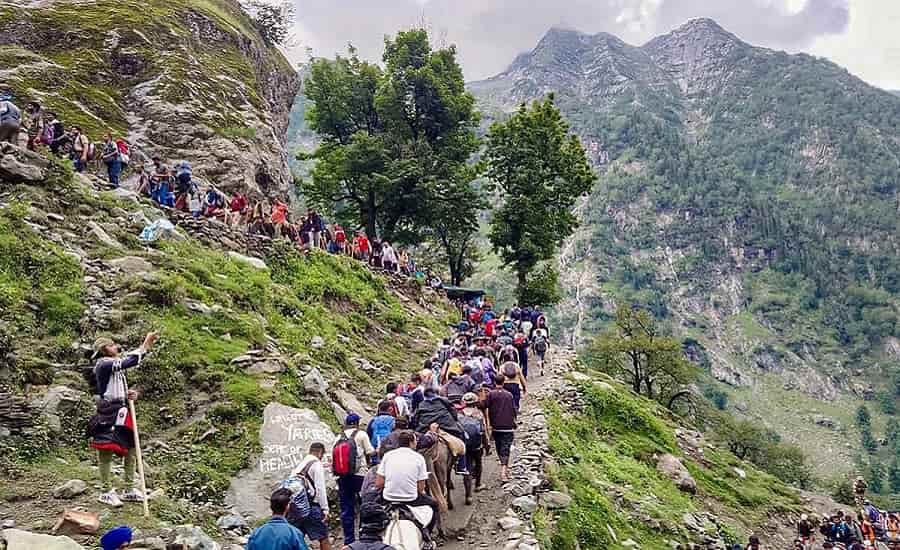
Significance
The significance of the Amarnath Yatra lies in its association with Lord Shiva and the deep spiritual connection it fosters among pilgrims. According to Hindu mythology, the cave is where Lord Shiva revealed the secrets of eternity and creation to his consort, Goddess Parvati. Pilgrims believe that visiting the Amarnath Cave and witnessing the ice lingam bestows divine blessings and fulfills their wishes, making it a transformative experience of faith and devotion.
Opening/Closing Dates 2025
In 2025, the Amarnath Yatra is scheduled to commence on the 29th of June and conclude on the 9th of August. These dates mark the sacred period when the Amarnath Cave is accessible to pilgrims, coinciding with the auspicious Hindu month of Shravan.
Best Time to Visit
The best time to undertake the Amarnath Yatra is during the months of July and August when the pilgrimage route is open, and the weather conditions are relatively favorable. However, it’s essential to avoid the monsoon season and extreme winter months when the region experiences harsh weather, ensuring a safe and comfortable journey for pilgrims.
How to Reach
Reaching the starting points of the Amarnath Yatra, Baltal, and Pahalgam, requires careful planning and consideration of transportation options.
Travelers can opt for
- Air Travel: Srinagar Airport serves as the nearest airport, offering domestic flights from major cities across India. From Srinagar, pilgrims can hire taxis or use public transportation to reach Baltal or Pahalgam.
- Rail Travel: Jammu is the nearest major railway station, well-connected to various cities in India. From Jammu, pilgrims can travel by road to Baltal or Pahalgam.
- Road Travel: State transport buses and private taxis operate from major cities like Jammu and Srinagar to Baltal and Pahalgam, providing convenient access to the pilgrimage routes.
Route Map
The Amarnath Yatra encompasses two main routes, each offering a unique journey and experience for pilgrims:
Baltal Route: Known for its shorter distance but steeper terrain, the Baltal route spans approximately 14 kilometers to reach the Amarnath Cave. Pilgrims can expect a challenging yet rewarding trek, with breathtaking views of the surrounding mountains.
Pahalgam Route: The traditional route from Pahalgam covers a longer distance of around 36 to 48 kilometers, meandering through picturesque valleys and lush forests. This route offers a more gradual ascent, making it suitable for pilgrims seeking a less strenuous trek.
Amarnath Trek Distance
The trekking distance to the Amarnath Cave varies depending on the chosen route:
- Baltal Route: Approximately 14 kilometers
- Pahalgam Route: Between 36 to 48 kilometers
The trek typically takes 3 to 5 days one way, providing pilgrims with ample time to immerse themselves in spiritual practices and rituals along the way.
Transportation
While trekking remains the traditional mode of transportation for the Amarnath Yatra, helicopter services have become increasingly popular among pilgrims seeking a quicker and more convenient journey. Additionally, state transport buses and private operators offer bus services from Jammu to Baltal and Pahalgam, facilitating access to the pilgrimage routes.
Accommodation
Accommodation options along the Amarnath Yatra route cater to the diverse needs and preferences of pilgrims:
- Camps: Managed by the Shri Amarnathji Shrine Board and private contractors, camps with prefabricated huts and private tents offer comfortable lodging options for pilgrims during their journey. These camps provide essential amenities and services, ensuring a safe and enjoyable experience for all.
Food
Food and refreshment facilities are available at various locations along the Amarnath Yatra route, catering to the dietary requirements and preferences of pilgrims:
- Langar Services: Organized at designated sites, langar services offer free meals to pilgrims, fostering a sense of community and camaraderie among devotees.
- Tea Stalls and Restaurants: Tea stalls and small restaurants dot the pilgrimage route, providing pilgrims with nourishing meals and refreshments to replenish their energy and spirits.
Facilities
Several facilities are provided to pilgrims to enhance their overall experience and ensure their well-being and safety throughout the journey:
- Medical Aid Centers: Along the route, medical aid centers and emergency aid stations offer healthcare services to pilgrims, providing assistance and treatment for any health-related issues or emergencies.
- Cloakroom Facilities: Pilgrims can utilize cloakroom facilities at designated locations for storing their belongings securely, minimizing the burden of carrying luggage during the trek.
- Transportation Services: Buses and helicopters facilitate travel to and from the pilgrimage sites, offering pilgrims convenient and efficient modes of transportation to embark on their spiritual journey.
- Communication Facilities: BSNL connectivity enables pilgrims to stay connected with their loved ones and access essential services and information during the journey, ensuring peace of mind and security throughout.
Tour Cost
The cost of an Amarnath Yatra package by helicopter varies depending on factors such as accommodation, transportation, and additional services included in the package. Pilgrims can choose from a range of tour packages offered by travel agencies and pilgrimage organizers, catering to different budgets and preferences.
Itinerary
A sample itinerary for an Amarnath Yatra package by helicopter may include:
- Day 1: Arrival in Srinagar, transfer to Baltal or Pahalgam
- Day 2: Helicopter ride to the Amarnath Cave, darshan, and return to base camp
- Day 3: Departure from Baltal or Pahalgam, transfer to Srinagar for onward journey
Registration
Registration for the Amarnath Yatra can be done online through the official website of the Shri Amarnathji Shrine Board. Pilgrims are required to submit necessary documents, including a Compulsory Health Certificate (CHC), during the registration process. Additionally, offline registration facilities are available at designated bank branches.
Travel Tips
Some essential travel tips for pilgrims undertaking the Amarnath Yatra include:
- Physical Fitness: Maintain physical fitness and stamina for the trek by engaging in regular exercise and fitness routines.
- Hydration: Stay hydrated by drinking plenty of water throughout the journey to prevent dehydration and altitude sickness.
- Medications: Carry essential medications and a first-aid kit for emergencies, including pain relievers, altitude sickness medication, and any prescription medications prescribed by a healthcare professional.
- Safety: Follow safety guidelines and instructions provided by authorities during the journey, including wearing appropriate trekking gear and adhering to designated trekking routes and timings.
- Respect: Respect the environment and cultural significance of the pilgrimage site by avoiding littering, disturbing wildlife, or engaging in any activities that may disrupt the sanctity of the surroundings.
FAQ’s
Q-1: What is the Amarnath Yatra?
Ans: It’s an annual pilgrimage to the Amarnath Cave in Jammu and Kashmir, dedicated to Lord Shiva.
Q-2: When does it take place?
Ans: Usually in June or July, lasting around a month, following the Hindu calendar.
Q-3: How long is the trek?
Ans: Approximately 36-48 kilometers (28-30 miles) over 3-5 days.
Q-4: What are the routes?
Ans: Pahalgam (longer, scenic) and Baltal (shorter, steep).
Q-5: Is it physically demanding?
Ans: Yes, due to high altitude and terrain. Physical preparation is advised.
Q-6: What safety precautions are necessary?
Ans: Register with the Shrine Board, undergo medical check-ups, carry appropriate gear, and follow authorities’ instructions.
Q-7: Are there age or health restrictions?
Ans: Yes, restrictions apply based on age and health conditions due to the strenuous journey.
Q-8: Is accommodation available?
Ans: Yes, but it’s limited, so booking in advance is recommended.
Q-9: What’s the significance of the cave?
Ans: It’s where Lord Shiva revealed the secret of immortality and is worshipped as the Shiva Lingam.
Q-10: What rituals are involved?
Ans: Chanting prayers, performing aarti, offering prayers, donations, and taking a dip in the holy Amarnath stream.
Embarking on the Amarnath Yatra is a profound spiritual experience that transcends the physical journey and touches the depths of one’s soul. As pilgrims traverse the rugged terrain of the Himalayas, they are not merely travelers but seekers of divine grace and enlightenment. The journey instills a sense of humility, reverence, and gratitude, as devotees connect with the sacredness of the Amarnath Cave and the eternal presence of Lord Shiva. With meticulous planning, preparation, and unwavering faith, pilgrims can embark on this transformative pilgrimage with the assurance of divine blessings and spiritual fulfillment.

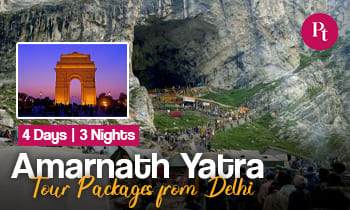
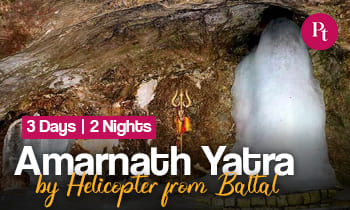

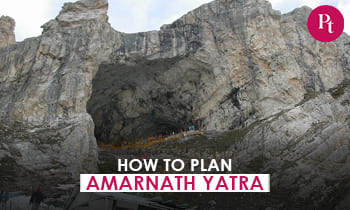
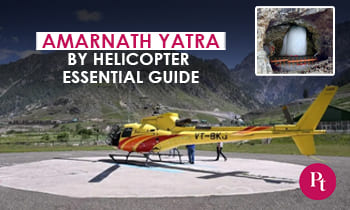
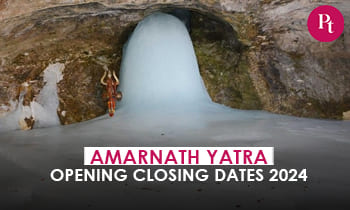
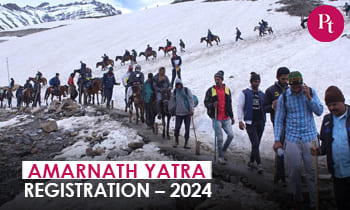
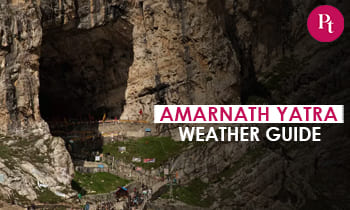
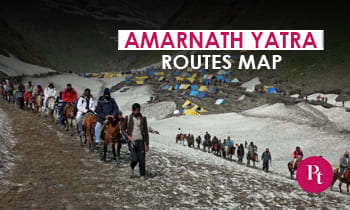
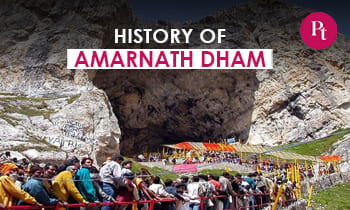
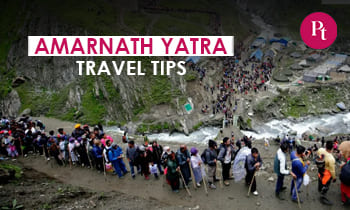
 Call
Call WhatsApp
WhatsApp Enquiry
Enquiry